Food allergies sometimes make creativity a necessity when it comes to preparing meals on your own. Lucky for those afflicted with allergies, there are many great resources to help people cook delicious food without the ingredient that trigger reactions. If you need to prepare a dish without eggs, bookmark these two websites for help with substitutions.
- Cooking and Baking Without Egg Ingredients [Kids With Food Allergies]
With this website, egg allergies won’t stop you from making your favorite foods like pizza, cake, and pie. Get those recipes, plus suggestions on how to substitute eggs when used in other baked goods. - Egg Substitutions [Chef in You]
Discover a list of foods that can be used as eggs substitutes in various recipes. They include unlikely items such as bananas, applesauce, and vegetable oil.
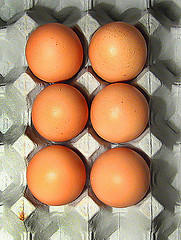
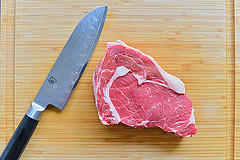

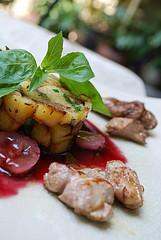
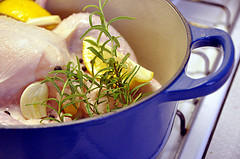
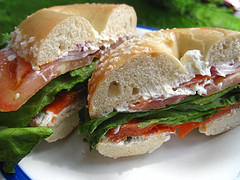

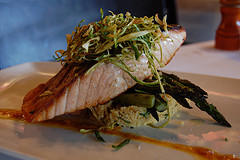


 Equal Housing Opportunity
Equal Housing Opportunity